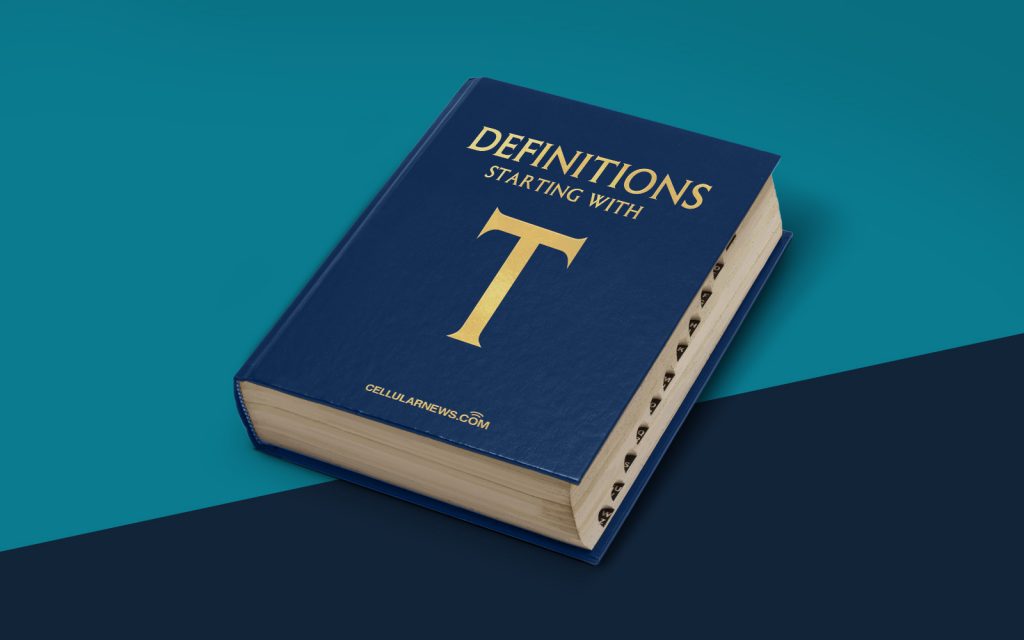
What is a Theme? A Comprehensive Definition
Have you ever wondered what a theme is and how it influences the content on a website? In the vast realm of web development and design, themes play a crucial role in creating a visually appealing and cohesive online presence. In this blog post, we will dive into the depths of themes, uncovering their significance and exploring their role in shaping a website’s aesthetic and functionality.
Key Takeaways:
- A theme is a pre-designed template that defines the overall look and layout of a website.
- Themes provide consistent styling, color schemes, fonts, and other visual elements to create a unified user experience.
So, what exactly is a theme? Simply put, a theme is a pre-designed template that determines the overall look and layout of a website. It includes various elements such as color schemes, typography, images, and other design elements that establish the visual identity of the site. With a theme, webmasters and designers can easily apply a consistent style and structure to different pages throughout the website.
Now, let’s take a closer look at the key components and features that make up a theme:
- Layout: The layout determines the arrangement and positioning of various elements on a webpage. It includes the placement of headers, footers, navigation menus, sidebars, content sections, and more.
- Styling: Themes define the visual styling of the website, including color schemes, backgrounds, fonts, and other design elements. These aspects contribute to the overall aesthetic appeal and user experience.
- Responsiveness: In today’s mobile-centric world, themes are often designed to be responsive, meaning they can adapt and adjust their layout and design to different screen sizes and devices. This ensures that the website looks and functions optimally on desktops, tablets, and mobile devices.
- Customization: While themes provide a pre-defined structure and design, they also offer customization options. Webmasters can modify certain aspects of the theme, such as colors, fonts, and widget placement, to suit their branding and preferences.
With their ability to provide a consistent and visually appealing user experience, themes have become an integral part of website development. They save time and effort by offering ready-made designs that can be easily customized to reflect a brand’s identity. Additionally, themes often integrate with content management systems (CMS) like WordPress, making it even more convenient for users to apply and manage themes on their websites.
In conclusion, themes are an essential component of web design and development. They define the overall look and layout of a website, ensuring visual consistency and a seamless user experience. By utilizing themes, website owners can create stunning websites that engage and captivate their target audience.
